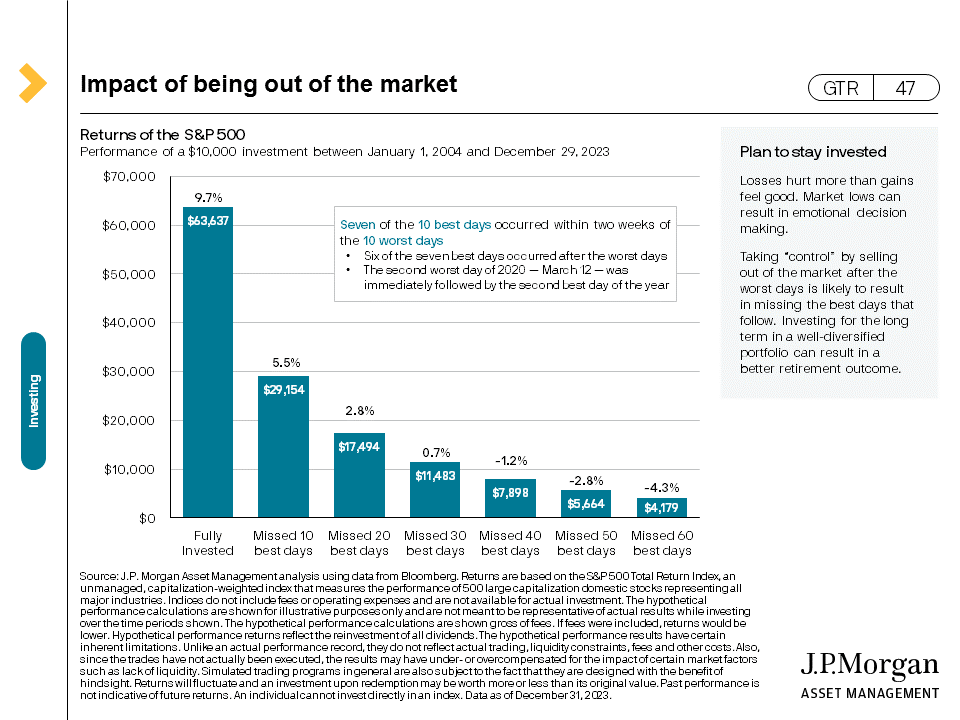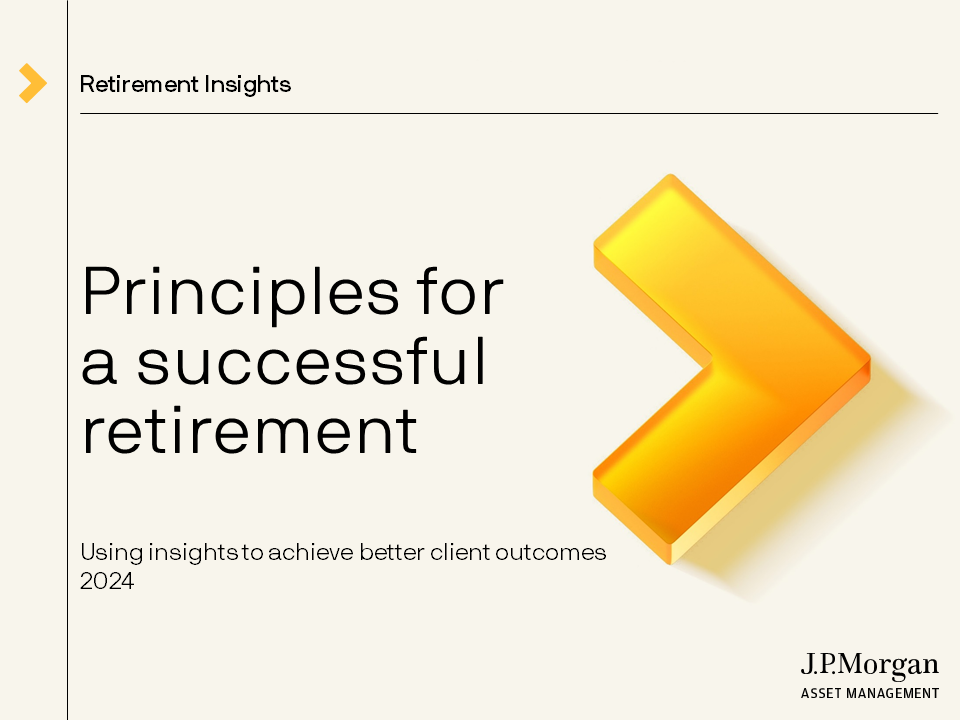LEARN THE SEVEN PRINCIPLES FOR A SUCCESSFUL RETIREMENT
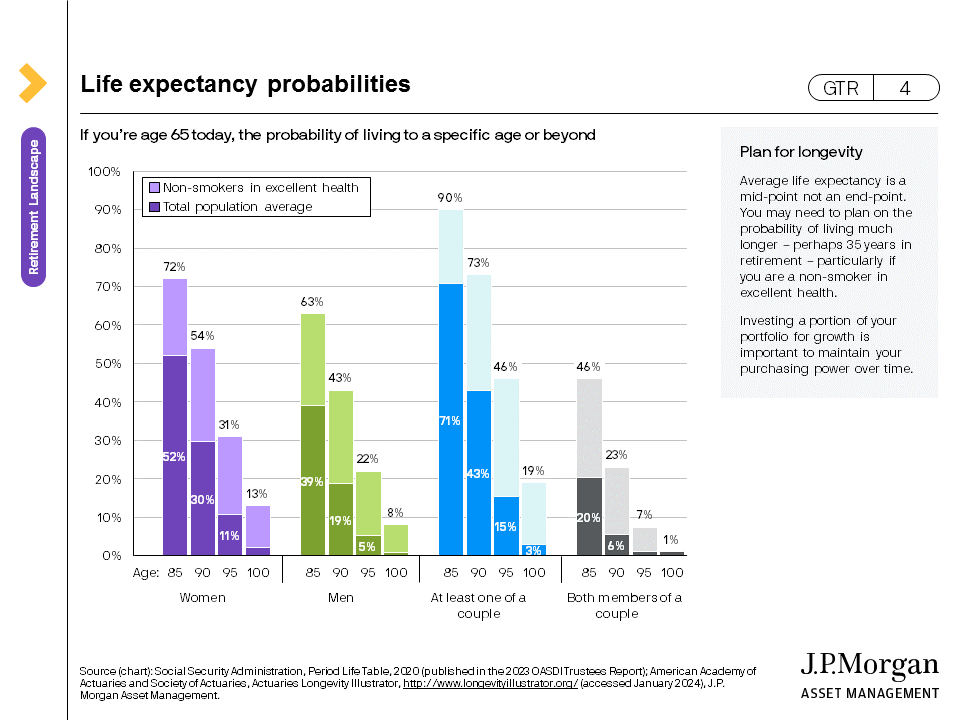
1. PLAN FOR A LONG LIFE
The longer you live, the longer your investments must last
At least one member of a non-smoking 65-year-old couple in excellent health have a 7 in 10 chance of living to 90 or longer and nearly an even chance of living to 95 or longer. Living longer affects key retirement decisions such as how to make the most of your time, how to invest, when to claim Social Security and whether you might need long-term care.
And keep in mind that with new medical advances, family history is not destiny, so you may live longer than you think.
Accordingly, your retirement plan should account for 35 or more years of living expenses. That means your investments need to continue growing long after you stop working to keep pace with inflation and reduce the risk of outliving your money.
1A. PLAN FOR A LONG LIFE
The longer you live, the longer your investments must last
Longevity statistics are important to same-sex couples too, with at least one of a non-smoking female couple in excellent health having about an even chance to live to age 95 or longer and with one a male couple have more than an even chance to make it age 90 or beyond.
Accordingly, your retirement plan should account for 35 or more years of living expenses. That means your investments need to continue growing long after you stop working to keep pace with inflation and reduce the risk of outliving your money.
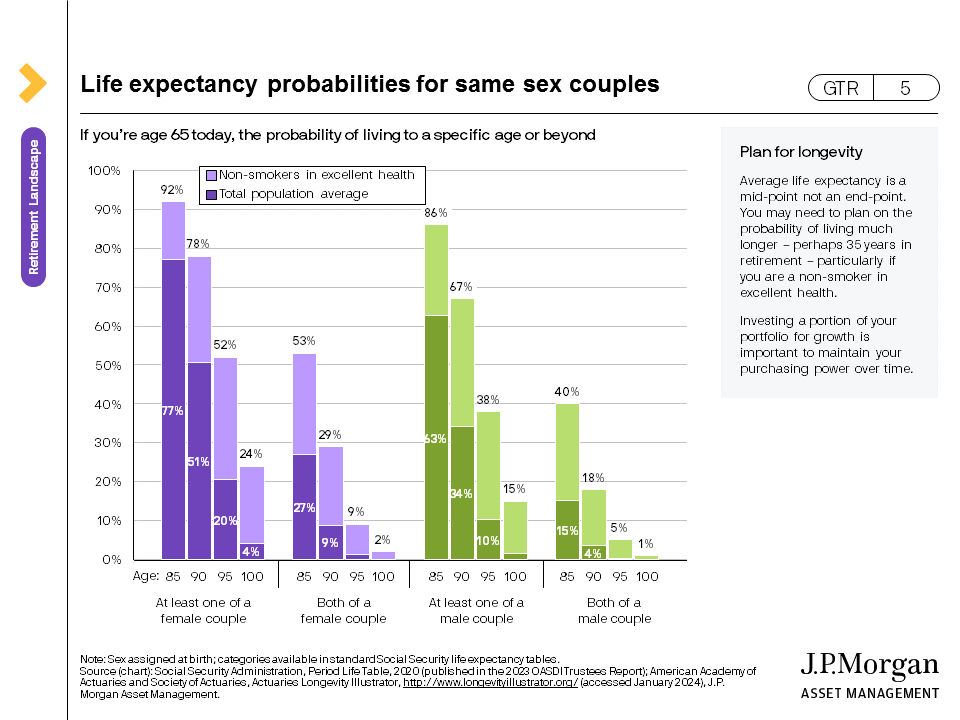

2. KNOW HOW MUCH YOU’LL NEED
Define your goal and craft a plan. A retirement plan doesn’t have to be daunting—it’s important to just get started. The next step is to develop a plan that will take your own situation into account. Once you know where you’re heading, a comprehensive retirement plan is like any good GPS. It helps you get and stay on track to your destination—even as your life, the markets and the economy change.
The retirement savings checkpoint tells you how much you should have invested today to be on pace toward maintaining your current lifestyle through 35 years of retirement. If you’re below your checkpoint today or have a different vision for your retirement, you may need to work with a financial professional to personalize your plan. Be sure to review and update it regularly.
The key to getting on track, and staying on course
A successful retirement can be achieved by saving as much as possible during your working years. The checkpoint in this table assumes that you save 10% of your gross annual income — significantly more than the average annual savings rate in America. The good news is that you are in complete control of how much you save, and your employer may help with a company match, so make savings a priority.
3. MAKE AN INFORMED DECISION ABOUT SOCIAL SECURITY
Social Security pays you more for waiting
Social Security benefits are calculated based on your 35 best earning years. You are eligible for 100% of your benefit at your Full Retirement Age (FRA). Individuals born in 1960 and later have an FRA of 67. Claiming at 62 will permanently reduce your benefit by as much as 30%. Waiting to claim after FRA gives you an 8% increase each year in your benefit amount for a maximum of 124%.
Given these tradeoffs around timing and the dollar amount of benefits, it’s important to consider your longevity before making your election.
For example, if you expect to live a relatively long life and can afford to wait, it can be beneficial to claim your Social Security benefit closer to or at age 70 to maximize your lifetime payments.
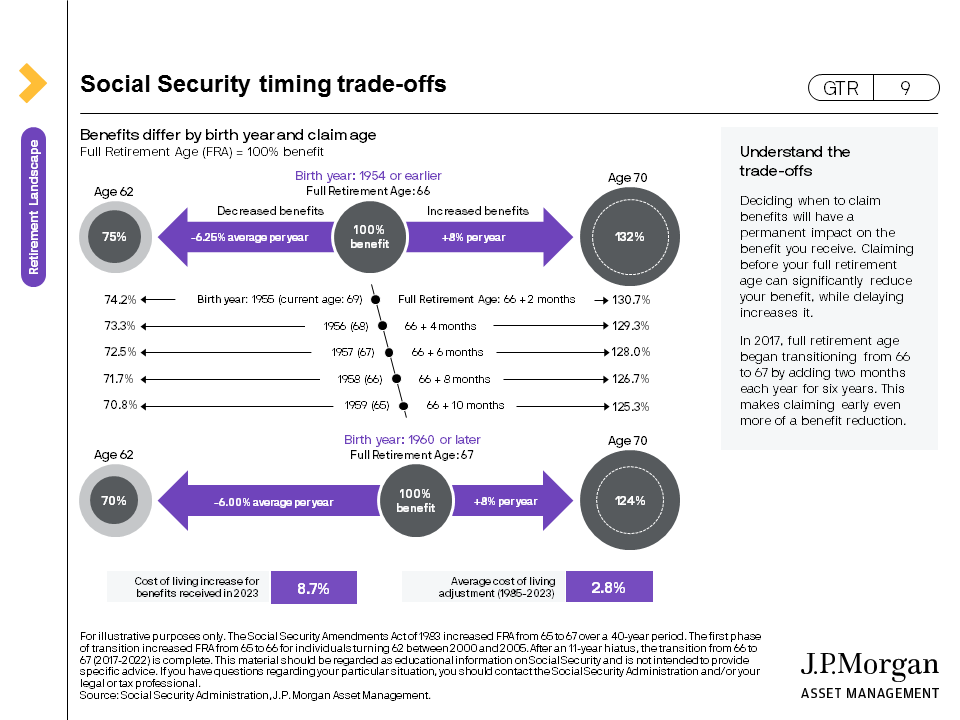
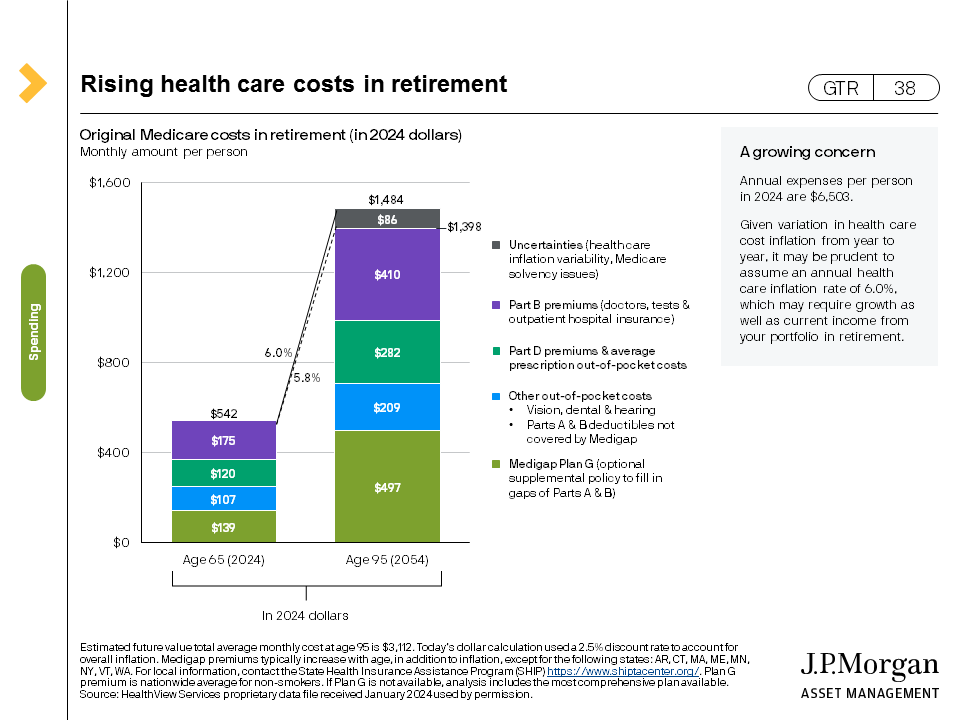
4. UNDERSTAND RISING HEALTH CARE COSTS
Plan on rapidly rising expenses
Medical expenses tend to rise sharply throughout retirement as we grow older and require more care at higher prices. Out-of-pocket costs for an average 65-year-old retiree on traditional Medicare are projected to almost triple from over $500 per month this year to nearly $1,500 in today’s dollars by age 95.
These costs are averages per person and do not include most long-term care.
Include health care costs as a separate expense in your retirement plan and assume a 6% annual growth rate for Medicare expenses.
5. MAINTAIN AN EMERGENCY SAVINGS FUND
Emergency savings is essential in building a sound and resilient financial foundation. Life is uncertain – people encounter unexpected spending shocks such as having to fix their car or health care expenses, and income shocks from losing their jobs or reduced hours.
Retirees encounter more spending shocks and in larger amounts than workers, likely due to unpredictable costs like health care. Lower-income households need larger emergency savings because the shocks they encounter can be large relative to their baseline “normal” spending.
How much to set aside in an emergency savings account will vary by household income, personal circumstances and comfort level. As a general guide, consider setting aside 2-3 months of pay if you’re working, or 3-6 months of income if you’re retired.
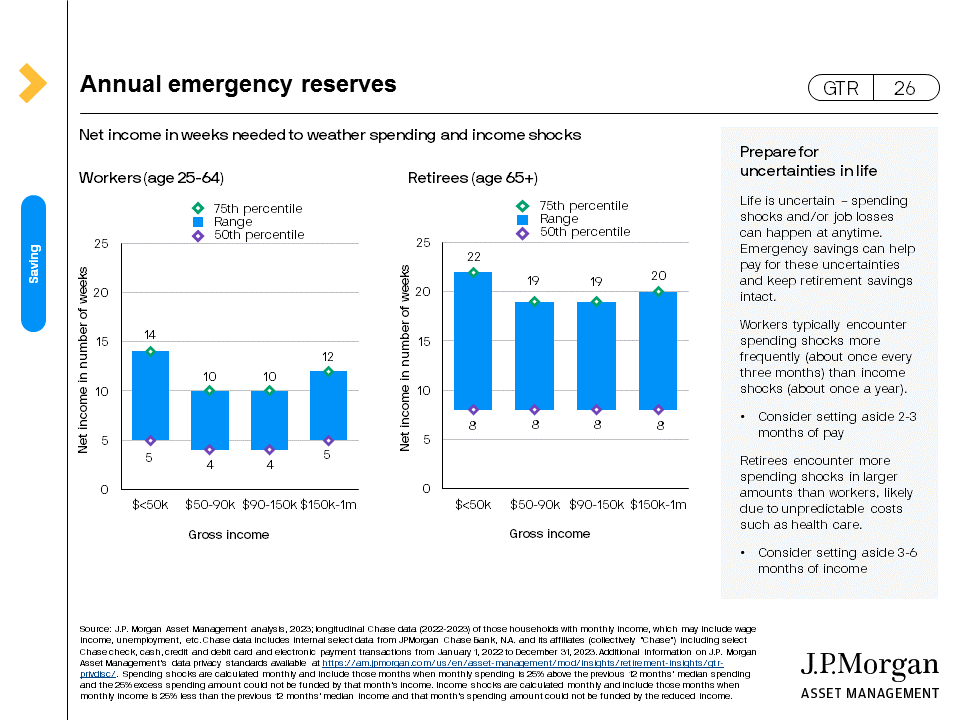
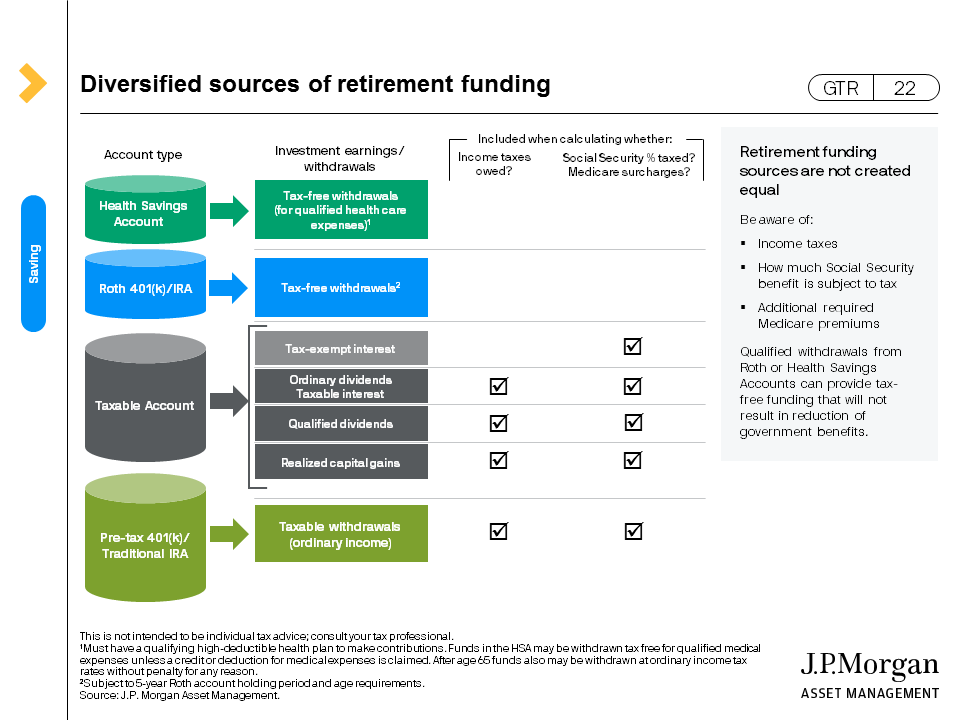
6. MINIMIZE TAXES TO MAXIMIZE RETIREMENT DOLLARS
When saving for retirement, it is important to be well diversified from a tax perspective because once in retirement, drawing from various account types to fund spending needs may impact not only the income taxes owed, but how much Social Security may be subject to income taxes and/or Medicare surcharges owed.
Currently, qualified withdrawals from Roth IRAs and Health Savings Accounts (HSA) are tax-free and are not included in Social Security taxation or Medicare surcharge requirements. Roth accounts and HSAs can be a nice complement to taxable and tax-deferred accounts because they can provide greater flexibility and control during retirement.
7. BE WELL-DIVERSIFIED AND STAY INVESTED
Plan to stay invested
During periods of extreme market declines, a natural emotional reaction can be to "take control" by selling out of the market and seeking safety in cash. This is because losses hurt more than gains feel good. The action not only locks in losses but often results in missing some of the best days that closely follow that are key to a portfolio’s recovery.
Trying to time the markets is extremely difficult. Staying the course with a diversified long-term investment strategy is likely to produce a better retirement outcome.
